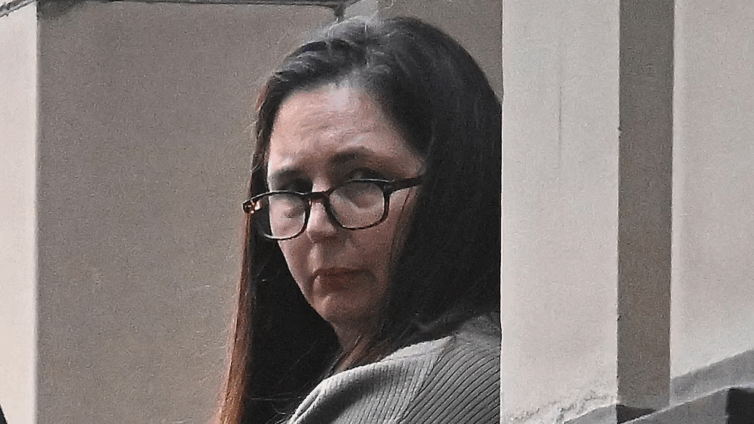Ready for Relaunch? Jonathan Anderson's Dior Challenge | BoF
LVMH shares have fallen 50 percent from their 2023 peak, underperforming Hermès (which raised prices more cautiously since the pandemic, sidestepping the sticker shock that’s caused many clients to snub luxury fashion) and Prada (which took bolder steps to refresh its product offer and marketing, particularly at sister brand Miu Miu).
In recent months, LVMH reinforced leadership at its biggest units: former CFO Jean-Jacques Guiony and former Tiffany CMO Alexandre Arnault were brought in to turn around Moët Hennessy, while Louis Vuitton named a new deputy CEO, Damien Bertrand.
The group also named its first “industrial and craftsmanship director,” Ludovic Pauchard, to “ensure operational excellence across the entire production value chain, while upholding LVMH’s commitments regarding ethical conducts, vigilance, environmental protection and social responsibility.” The move comes as brands including Dior need to race refreshed designs to market while avoiding being tangled up in manufacturing scandals — the brand’s reputation took a serious blow last year when it was called out by Italian authorities investigating the use of sweatshops in luxury brands’ supply chains.
At Dior, CEO Delphine Arnault (owner Bernard Arnault’s oldest child) is now seconded by two new managing directors, Benedetta Petruzzo and Pierre-Emmanuel Angeloglou. Petruzzo was hired fresh from a star turn leading Prada’s Miu Miu; Angeloglou is a former L’Oréal executive who previously worked alongside Ms. Arnault as executive vice president at Louis Vuitton.
LVMH is adept at investing through downturns — maintaining the pace of marketing, store renovations and product launches that drive market share gains once demand rebounds. That approach helped it to brush off previous crises in 2001, 2008 and 2020.
In addition to rolling out its revamped designer vision, this time Dior is forging ahead with investments in expanded flagships in New York’s Madison Avenue and Los Angeles’ Rodeo Drive. (Even as sales decline sharply elsewhere, business has been more resilient at the brand’s Paris mega-store opened in 2022, where a fashion museum, restaurant and café help it to stand out as a destination).
Following the menswear show Friday — a relatively circumspect affair for 600 guests — Anderson will dive into preparing his first womenswear outing in October as well as his January 2026 couture debut.

Dior has traversed multiple creative transitions before: including the exits of previous designers John Galliano, Hedi Slimane and Kris van Asshe — prior to this year’s exit of Jones and Chiuri.
But where sustained demand from Chinese clients helped push the brand over previous speed bumps, the current team is seeking to relaunch sales in a much trickier economic context: the key Chinese market remains depressed, while many wealthy US customers have halted big-ticket purchases as stock markets yo-yo in response to Trump’s trade war.
“No one wants to buy luxury right now. People are stressed; they aren’t feeling bullish about the future. If no one wants to buy, the message can’t be confusing or lack consistency,” Rambourg said.
The brand is also a much bigger business than during previous designer transitions, making a radical shake up to its marketing message and design that much riskier. Anderson will need to avoid throwing out the baby with the bath water — renewing excitement for the brand while limiting disruption to the various product lines that still power billions in annual sales. His predecessors’ products will continue to loom large in stores well into 2026.
Another teaser posted last week suggested Anderson will take a conciliatory stance to blending the old with the new: the designer’s first bags were riffs on his womenswear predecessor Maria Grazia Chiuri’s signature Book tote, this time embroidered with retro book-cover designs referencing Dracula and Liaisons Dangereuses, which recalled the work of Olympia Le Tan.
Anderson is “not someone who disrupts just to be disruptive,” said Ezra Petronio, art director and founder of Self Service magazine. “He revisits the past, engages the present and creates the future. He’s respectful of what a brand is but doesn’t get caught up in it.”







_1751880097.jpeg)


